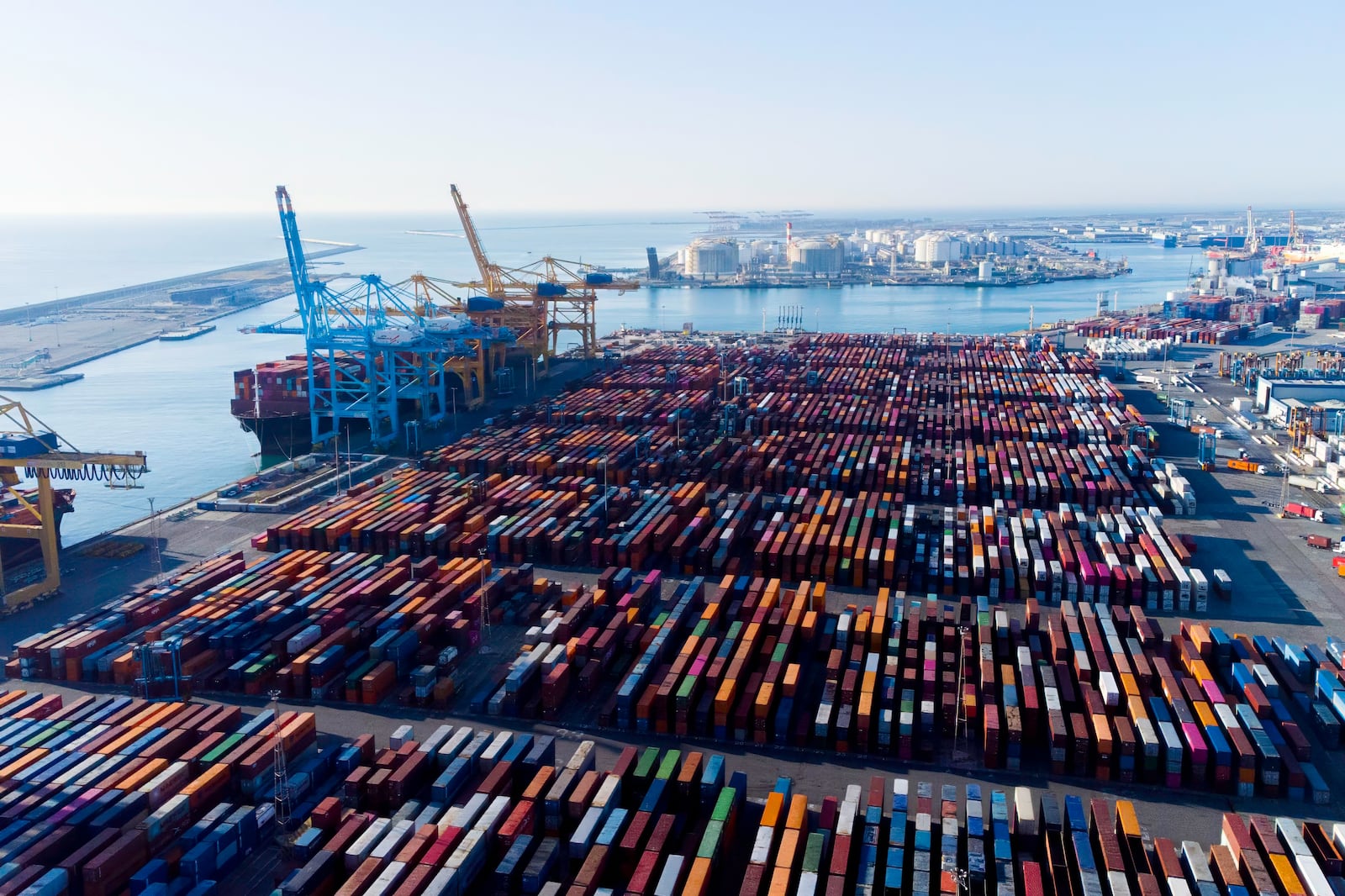When the latest round of tariffs on Chinese imports went into effect, our small business felt the impact almost immediately. As a product-based company, our margins are already tight. Add in a 20 percent tariff increase — now a shocking 145 percent in some cases — and suddenly everything from pricing to production schedules gets a lot more complicated. Instead of panicking, we chose to adapt.
In this article, we’ll walk through the steps we’ve taken to navigate these disruptions and share some practical strategies that have helped us keep our operations lean, our customers happy and our business growing.
Understanding the impact
For small businesses like ours, global economic policy changes don’t just exist in headlines — they show up in shipping invoices, supplier quotes and cash flow reports. The recent tariff hikes directly affected our products, drastically increasing the cost of goods sold and forcing us to make quick decisions about how to absorb, offset or avoid the added expense.
We didn’t want to pass the full cost on to our customers, especially in a competitive market where pricing is a major decision factor. We had to get creative.
Strategy No. 1: Front-loading inventory
One of the first steps we took was frontloading our inventory. As soon as we saw the tariff increase coming down the pipeline, we accelerated our next manufacturing run and imported additional inventory under the old, lower tariff rate.
Was this a strain on our cash flow? Yes. But it gave us a buffer — an extra few months of stock at the pre-tariff cost — that bought us valuable time to explore longer-term solutions. It also gave us the flexibility to keep pricing stable for our customers while we figured out next steps.
Strategy No. 2: Renegotiating with our manufacturer
The next step was opening up a transparent conversation with our manufacturer. We’ve built a strong relationship over the years, and that trust allowed us to be honest about the challenges we were facing.
Together, we looked for ways to optimize costs. This included:
- Negotiating better payment terms: We were able to secure 75-day payment windows with no money down, which gives us much more breathing room from a cash flow perspective.
- Locking in pricing on raw materials ahead of anticipated increases.
- Exploring alternate components that met our quality standards but came at a lower cost.
Our manufacturer was also feeling the pinch from tariffs, so working together was mutually beneficial. These negotiations ultimately helped us reduce our per-unit cost, which helped soften the blow of higher import fees.
Strategy No. 3: Taking advantage of lower shipping rates
While tariffs were on the rise, shipping rates were trending in the opposite direction. Ocean freight costs have come down significantly since their pandemic-era highs, giving us a bit of relief on the logistics side.
We decided to switch more of our shipments from air freight to sea freight — something we had been hesitant to do previously due to longer transit times. With better forecasting and our front-loaded inventory, we could afford to wait a few extra weeks. This shift saved us thousands of dollars and helped balance out the increased tariff costs.
We also heavily negotiated with the freight carriers and brokers to get the best pricing possible, reducing our freight costs by up to 50 percent. That alone saved us thousands more and added another layer of cushion against the sharp rise in import tariffs.
Strategy No. 4: Planning a move to Vietnam
We knew we couldn’t rely solely on short-term fixes. That’s why we’ve begun the process of moving production to Vietnam.
The transition isn’t instant. It involves researching new suppliers, managing sample production, running quality control checks and, eventually, winding down our current Chinese manufacturing. We believe this shift will ultimately stabilize our costs and reduce our exposure to future tariff changes.
Vietnam has a growing reputation for high-quality manufacturing and, importantly, is not currently subject to the same tariff structure as China. Diversifying our supply chain helps us stay competitive and makes our business more resilient.
If you’re facing similar challenges, here are a few takeaways from our journey:
- Stay ahead of policy changes: Monitor trade news and anticipate changes. Even a few weeks’ notice can help you front-load inventory or renegotiate deals.
- Build strong supplier relationships: Your manufacturer can be a partner in problem-solving not just a vendor.
- Stay flexible in your logistics strategy: Switching freight methods or exploring new ports can unlock significant savings.
- Think long-term about diversification: Consider whether it’s time to look beyond China for production, especially if your margins are shrinking.
Most importantly, don’t let fear drive decisions. Tariffs and supply chain issues are daunting, but they’re not insurmountable. With the right strategy, even small businesses can adapt and thrive.


